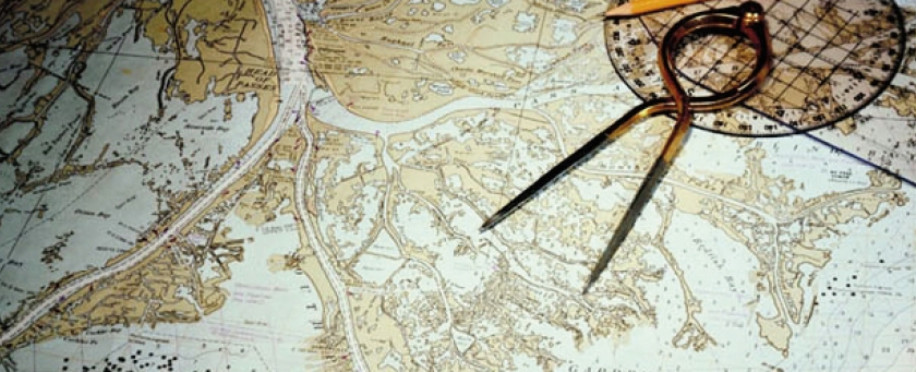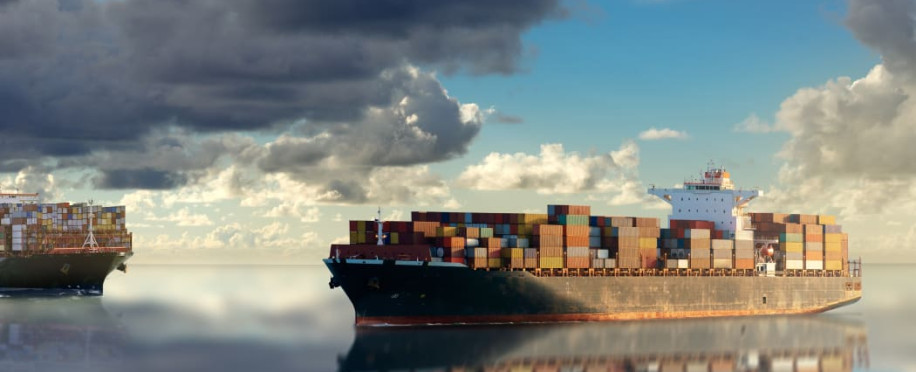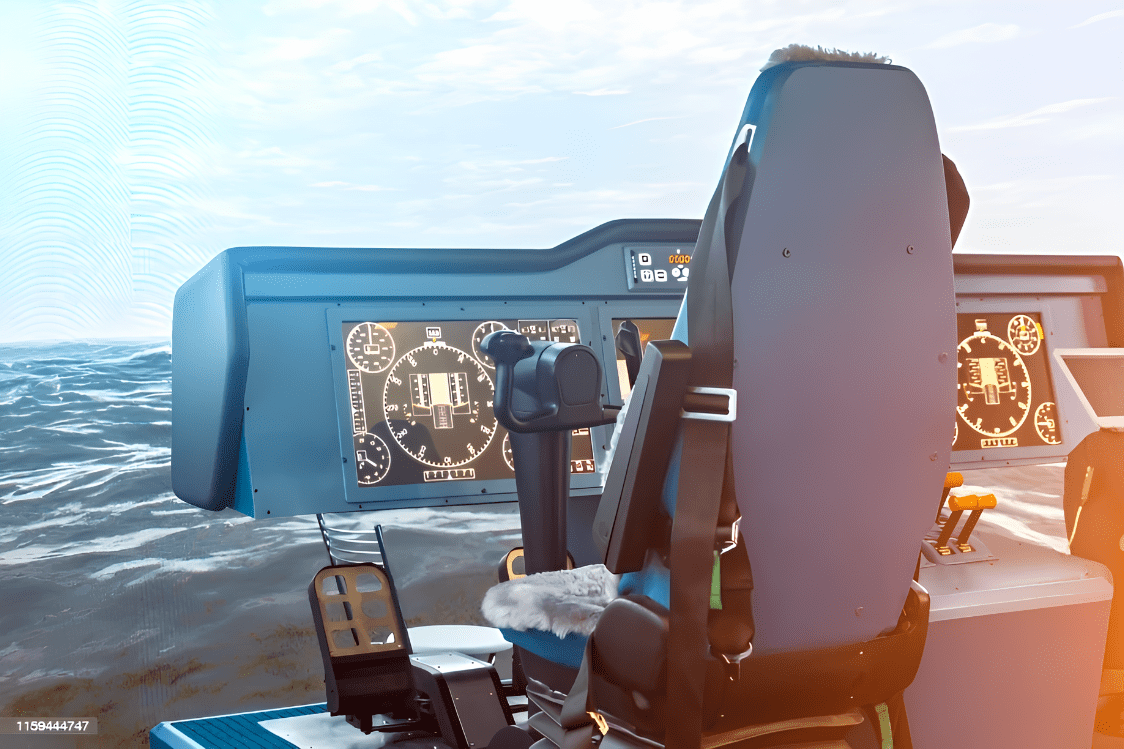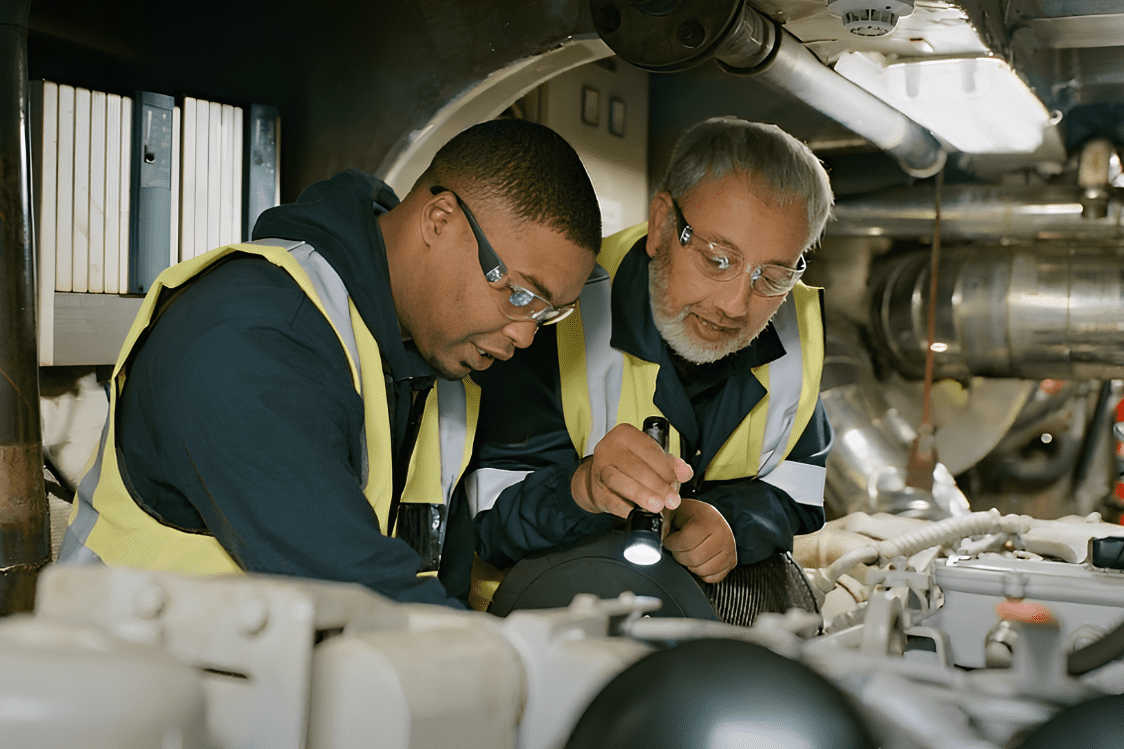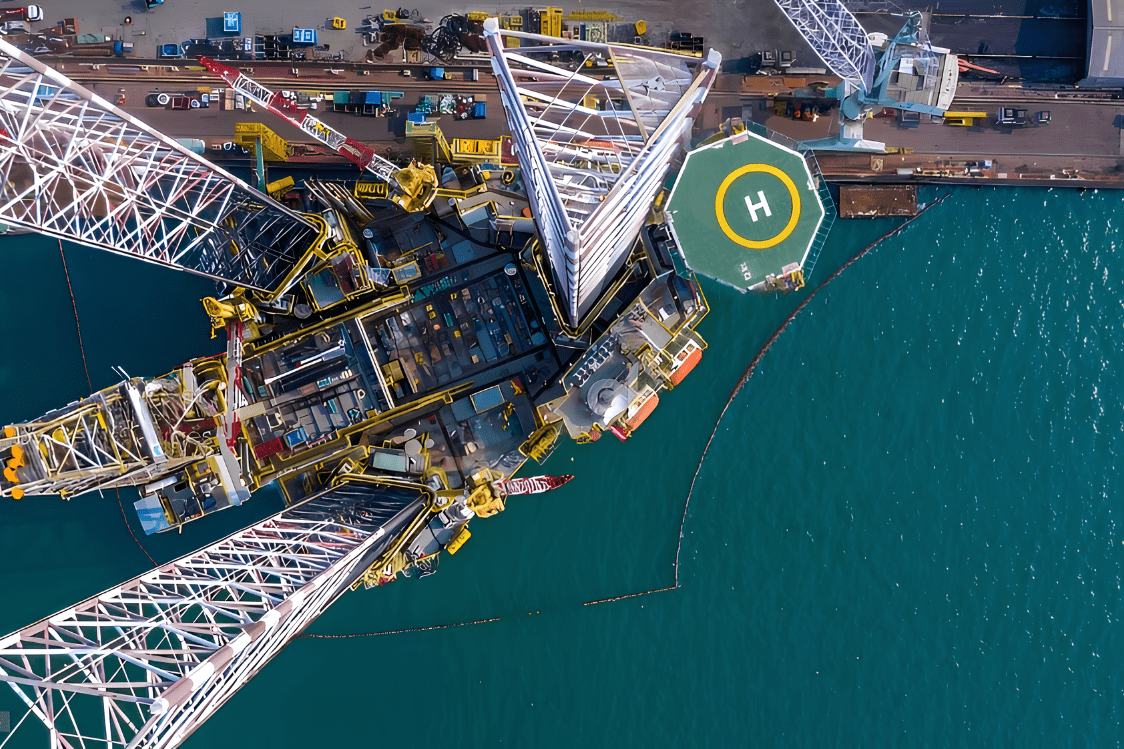Top Sources of Marine Pollutant and How They Harm Ocean Life

Posted on Nov 25, 2024 at 10:11 PM
Protecting the marine environment is one of the main concerns in the maritime industry and international community, thus, many mandatory international rules, criteria, and guides were regulated to prevent and limit marine pollution and protect marine life from transported goods and shipments.
Furthermore, a marine pollutant could be caused by different marine labels and substances of hazardous materials that once released into the ocean could harm the marine environment and aquatic ecosystem identified balance.
In this article, we are going to share with you detailed information about marine pollutants, list the main marine pollutants from transporting and supplies handling, and explain how these hazardous pollutants impact the marine environment and our planet's health.
What Is Considered a Marine Pollutant?
A marine pollutant, according to the International Maritime Organization (IMO), is a material defined by the US DOT as a hazardous material, that if released into the sea, could harm ecosystems, water quality, and general marine life.
These marine pollutants labels and substances could be caused by different listed sources, products, chemicals, contaminants, activities, or accidents.
Therefore, the designed International Maritime Dangerous Goods Code (IMDG Code), developed by the IMO, defines all hazardous materials and substances with labels, packages, and placards, and sets strict and effective marine pollution control strategies and regulations to meet required and entitled specifications in every shipment.
The Most Common Marine Pollutant Sources:
There are various hazardous substances and activities that are labelled by the US DOT Code as hazardous marine pollutants if were not treated properly while packaging and shipping.
Non-Point Source Pollutant:
Onshore ubiquitous activities also could cause marine pollutant substances, and sources by leaking or diffusing hazardous substances, contaminants, and pollutants into the water, caused by different commercial, industrial, and agricultural activities.
Thus, all businesses must comply with standard equipment identification, including proper waste disposal, and package size and quality to be ready for all warnings or exceptions and avoid pollutant causes.
Plastic Pollutant:
Plastic substance pollutants, despite their quantity, have high impacts on the ecological systems, especially the marine environments.
Labeled plastic pollutants could be caused by any improper disposal of plasticizers and plastic wastes into the water, whether from a vessel or container carriage on sea or on-land activities leading to many dangerous environmental problems.
Industrial Chemical Pollutant:
The DOT identifies and lists the marine pollutants caused by chemical materials and substances with highly environmentally hazardous labels as they pose long-term risks to the marine environment and the lives of humans.
These material labels include heavy metals, organic pollutants, adhesive packaging, and other goods included in the IMDG Code.
Light and Noise Pollutants:
Many people do not think of light and noise as real sort of marine pollutants, but all the amounts of industrial light and noises from ships, vessels, ports, and underwater constructions could really pressure and impact the balance of sensitive marine species and coastal ecosystems.
Oil Spills:
When talking about oil spills then we should raise the hazardous marine pollutant mark because this pollutant source is highly harmful to the marine environment, is very difficult to be revised and clean, and requires specific procedures and requirements.
The oil spill pollutant could happen due to oil material discharge into water from commerce ships, tankers, carriers, or even drilling platforms.

Marine Pollutant Impact on Ocean Life:
Any shipped product or material that has a marine pollutant placard and label should be treated by the DOT Code and IMDG Code during loading, unloading, and shipping to avoid hazardous environmental damages.
Moreover, all maritime companies should apply the international code when dealing with marine hazardous substances to protect the habitats, and coral reefs, threatening species survival.
However, even shipped materials that do not have marine pollutant marks should be treated based on safety shipping standards and regulations to avoid hazardous pollutant impacts, which may include:
Habitat Destruction:
All marine pollutant sources damage the marine environment, ecosystems, and breeding grounds, which will by default impact the whole planet's ecosystem and human health and life quality.
Toxic Contamination:
Chemical pollutant labels have hazardous impacts on marine species and their abilities to survive and could lead to international and permanent changes in marine life due to their permanent impacts.
Ecosystem Changes:
Although we are talking about marine pollutants labels, we cannot separate that pollution impact on the offshore life from the impact on the onshore life as they are on the same planet.
One last thought,
The Maritime Training Academy focuses on the impact of marine pollutant on the environment and provides quality solutions to protect the planet while benefiting from all the shipping and packaging in the maritime industry with advanced training programs and courses for USA students.
All those efforts aim to make international marine transportation safe for all living species while empowering the global maritime trade.

